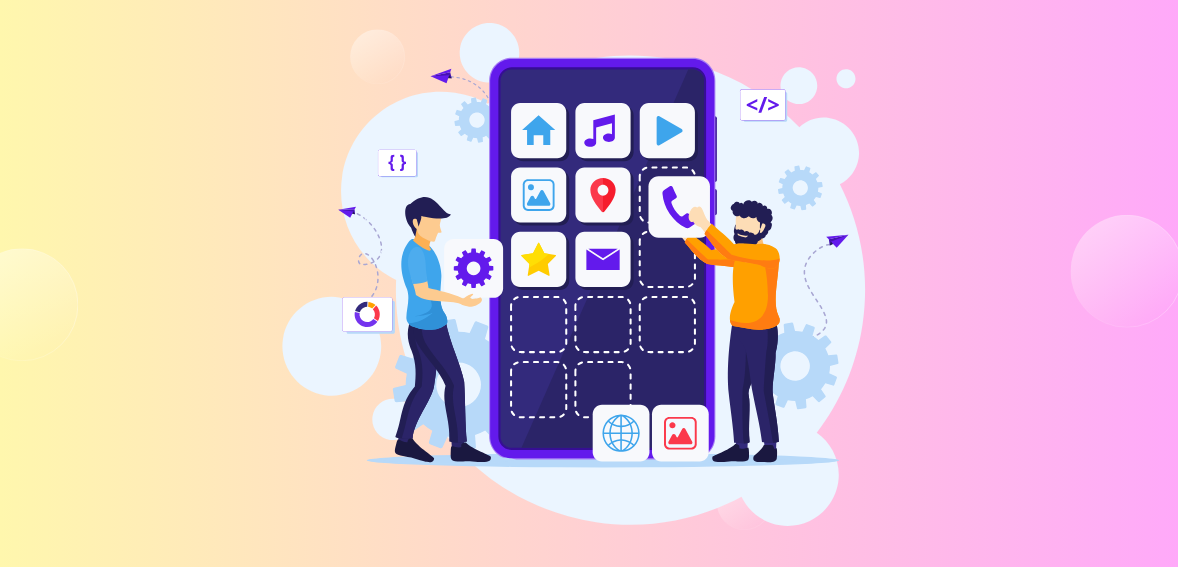In today’s digital age, the internet is a gateway to information and services for billions of people worldwide. However, not everyone experiences the web in the same way. For individuals with disabilities, inaccessible websites can create significant barriers, hindering their ability to access information and participate fully in online activities. Therefore, web developers must prioritize inclusivity and ensure their websites are accessible to all users.
Understanding Accessibility
Web accessibility refers to designing and developing websites to ensure people with disabilities can perceive, understand, navigate, and interact with the content effectively. This includes individuals with visual, auditory, physical, speech, cognitive, and neurological disabilities. By making websites accessible, developers can enhance usability and provide a better user experience for everyone.
Common accessibility barriers include inaccessible navigation menus, lack of alternative text for images, poor color contrast, non-semantic HTML markup, and reliance on mouse-based interactions. Addressing these barriers requires technical knowledge, design principles, and empathy for users with diverse needs.
Guidelines and Standards
One primary resource for web accessibility is the Web Content Accessibility Guidelines (WCAG), developed by the World Wide Web Consortium (W3C). WCAG provides guidelines for making web content more accessible to people with disabilities. These guidelines cover various aspects of web design, including perceivable, operable, understandable, and robust principles.
Additionally, developers can leverage Accessible Rich Internet Applications (ARIA) roles and attributes to enhance the accessibility of dynamic web content. ARIA provides additional semantics to HTML elements, making them more accessible to assistive technologies such as screen readers.
Semantic HTML
Semantic HTML refers to using HTML elements that convey meaning to the browser and the developer. By using semantic markup, developers can improve accessibility, search engine optimization (SEO), and the overall structure of their web pages. Examples of semantic elements include <header>, <nav>, <main>, <article>, <section>, <aside>, and <footer>.
Best practices for using semantic HTML include using headings (<h1> to <h6>) to structure content hierarchically, marking up lists (<ul>, <ol>, <dl>) appropriately, and employing landmark roles (<header>, <nav>, <main>, <footer>) to define regions of the page.
Responsive Design and Accessibility
Responsive design is an approach to web design that aims to create a seamless user experience across a wide range of devices and screen sizes. By using flexible grids, layouts, and media queries, developers can ensure that their websites adapt gracefully to different viewport sizes.
From an accessibility standpoint, responsive design is crucial in ensuring that content remains accessible regardless of the device being used. It allows users to navigate and interact with websites using input methods, including touch screens, keyboards, and assistive technologies.
Keyboard Navigation
Keyboard accessibility is essential for users who cannot rely on a mouse to navigate websites. Providing robust keyboard navigation ensures that users can access all interactive elements and navigate through content using only the keyboard.
To achieve keyboard accessibility, developers should ensure that all interactive elements like links, buttons, and form fields are focusable and operable via keyboard input. They should also implement keyboard shortcuts, skip navigation links, and ensure a logical tab order to enhance the user experience for keyboard users.
Alternative Text for Images
Images play a vital role in web design, but they can pose challenges for users who are visually impaired or using screen readers. Alternative text (alt text) provides a textual description of images, allowing screen readers to convey the content to users who cannot see the images.
When writing alt text, developers should strive to provide concise and descriptive summaries of the images, effectively conveying their purpose and context. Alt text should be informative but not overly verbose and accurately represent the content and function of the images.
Color and Contrast
Color plays a significant role in web design but can create accessibility issues for users with color blindness or low vision. Therefore, it’s essential to consider color contrast when designing websites to ensure that text and interactive elements are readable and distinguishable.
WCAG provides guidelines for determining minimum color contrast ratios between text and background colors. Developers can use color contrast checking tools to evaluate the contrast ratios of their designs and make adjustments as needed to improve readability and accessibility.
Accessible Forms
Forms are a common feature of websites, enabling users to input data, submit requests, and interact with web applications. However, poorly designed forms can pose accessibility barriers for users with disabilities, such as those who rely on screen readers or keyboard navigation.
To create accessible forms, developers should use semantic HTML elements (<form>, <input>, <label>, <select>, <textarea>) and provide clear instructions and error messages. They should also ensure that form fields are adequately labeled, grouped, and marked as required or optional.
Audio and Video Accessibility
Multimedia content, such as audio and video, can enhance the user experience of websites, but it can also present accessibility challenges. To ensure that multimedia content is accessible to all users, developers should provide captions, transcripts, and audio descriptions.
Captions provide a textual representation of spoken dialogue and sound effects in videos, allowing users who are deaf or hard of hearing to follow along. Transcripts provide a textual version of the audio content, making it accessible to users who cannot listen.
Testing and Validation
Testing is an essential part of the web development process, and it’s equally important for ensuring the accessibility of websites. Developers should conduct thorough accessibility testing using automated tools, manual evaluations, and assistive technology testing.
Accessibility testing tools, such as WAVE, Axe, and NVDA screen reader, can help identify accessibility issues and provide recommendations for improvement. Manual testing involves navigating websites using assistive technologies, such as screen readers and keyboard-only navigation, to identify usability issues.
Continuous Improvement
Web accessibility is an ongoing process that requires continuous attention and improvement. Developers should integrate accessibility considerations into every stage of the development process, from planning and design to implementation and maintenance.
Regularly updating and maintaining accessibility features ensures that websites remain accessible as technologies and user needs evolve. Developers should also solicit feedback from users with disabilities and incorporate their insights into future website iterations.
Educating Stakeholders
Raising awareness about accessibility is crucial for fostering a culture of inclusivity within organizations. Developers should advocate for accessibility best practices and educate stakeholders, including designers, content creators, project managers, and executives, on prioritizing accessibility in web development.
Training programs and resources, such as workshops, webinars, and online courses, can help stakeholders build their knowledge and skills in accessible design and development. By empowering stakeholders to embrace accessibility, organizations can create a more inclusive web for all users.
Case Studies
Numerous companies have demonstrated the benefits of prioritizing accessibility in web development. For example, Airbnb improved the accessibility of its platform by implementing semantic HTML, keyboard navigation, and robust color contrast. As a result, they enhanced usability for users with disabilities and received positive feedback from the accessibility community.
Similarly, Apple has long been praised for its commitment to accessibility across its products and services. From the VoiceOver screen reader to Switch Control for motor impairments, Apple has integrated accessibility features seamlessly into its ecosystem, empowering users with disabilities to participate fully in the digital world.
Conclusion
In conclusion, coding for inclusivity is essential for building accessible websites that cater to the diverse needs of all users. By following best practices for web accessibility, developers can create more inclusive and user-friendly experiences that benefit everyone. By prioritizing accessibility in web development, we can ensure that the internet remains a place where everyone can participate, contribute, and thrive.





